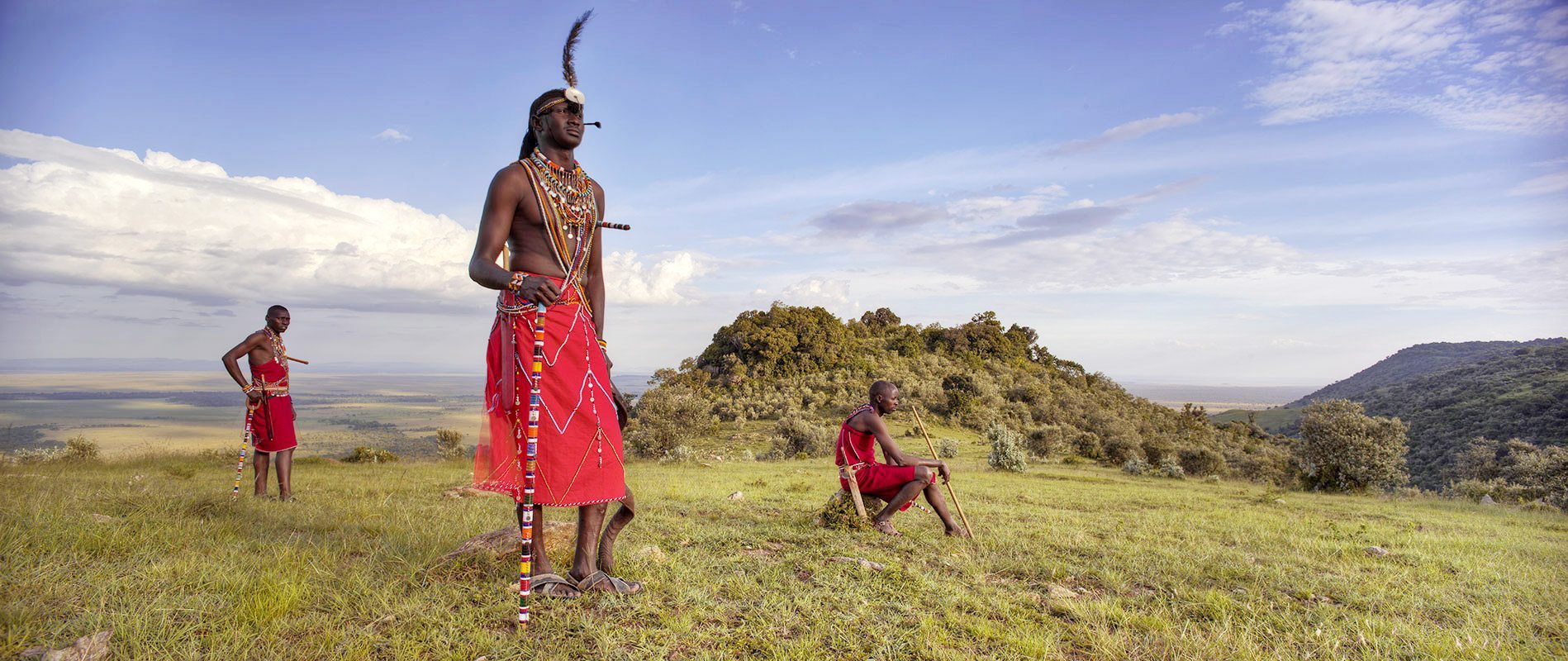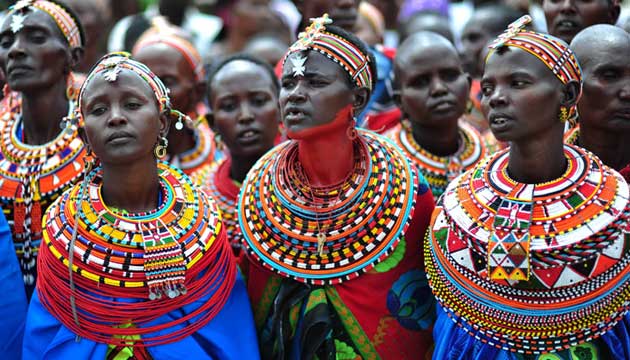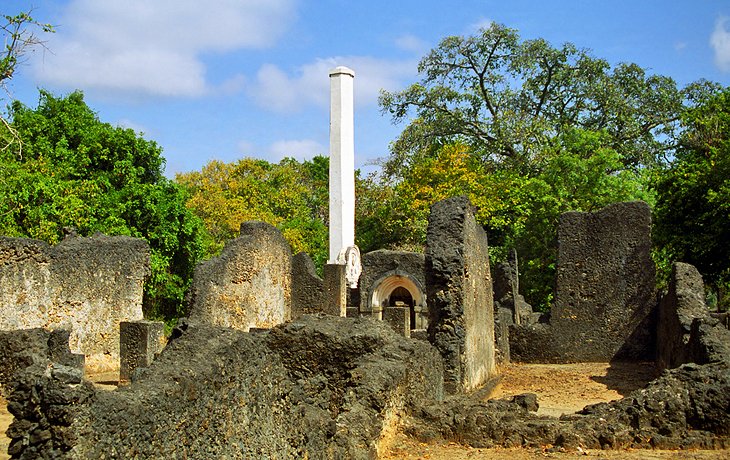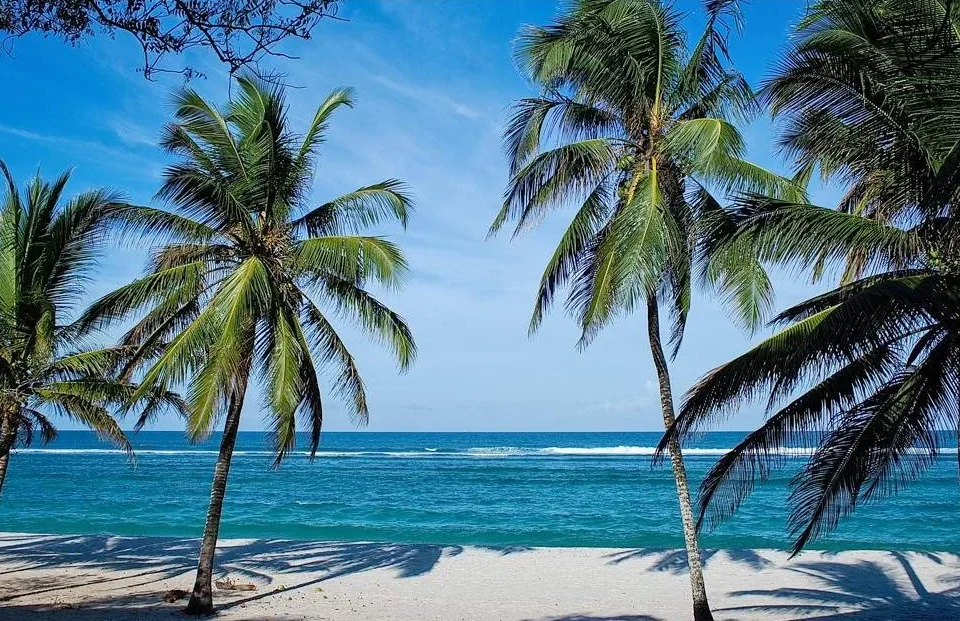- GET IN TOUCH WITH US:
- +256 753518160
- +256 777842166
- info@experiyatourcompany.com

What’s the role of Maasai culture in safaris?
November 19, 2025
What are Kenya’s national symbols?
November 19, 2025Can I Visit Samburu Tribes in Northern Kenya?
The Samburu people are one of Kenya’s most culturally distinctive pastoralist communities, known for their striking attire, deep-rooted traditions, rich oral history, and profound connection to the semi-arid landscapes of northern Kenya. Closely related to the Maasai—sharing a linguistic heritage, cultural similarities, and pastoral lifestyle—the Samburu have preserved much of their ancestral way of life despite the influences of modernization.
Travelers who explore Kenya beyond the popular southern safari circuits often wonder: Can I visit Samburu tribes in Northern Kenya? The answer is yes. Visitors are welcome to engage with Samburu communities, provided the visit is ethical, respectful, and facilitated through reputable tour operators or community-based tourism initiatives.
A visit to the Samburu is a cultural journey into a world where tradition, nature, and heritage coexist harmoniously. It offers incredible insight into Kenya’s northern frontier—an area defined by rugged hills, vast plains, unique wildlife, and warm-hearted people.
Where the Samburu Live
The Samburu inhabit several counties in northern Kenya, mainly Samburu County, which includes towns and areas such as Maralal, Baragoi, Archer’s Post, Wamba, and areas surrounding Samburu National Reserve, Westgate Conservancy, Kalama Conservancy, and Namunyak Conservancy.
This region’s semi-arid terrain, thorny vegetation, dramatic rocky outcrops, and sweeping horizons shape Samburu life, influencing everything from their pastoral routines to architectural styles and cultural ceremonies.
Because the Samburu live in remote areas, visiting them feels like stepping into a world far from the bustle of modern cities—one defined by nature, tradition, and a slower rhythm of life.
Are Visitors Welcome in Samburu Communities?
Yes. Samburu communities welcome visitors with warmth, curiosity, and a strong sense of hospitality. Many villages (known as manyattas) have established community tourism programs that allow travelers to visit, learn, and support local livelihoods.
However, access should always be arranged through legitimate channels—such as local guides, conservancies, or reputable tour companies—to ensure the visit is respectful, ethical, and beneficial to the community.
The Samburu are proud custodians of their culture, and they enjoy sharing their stories, dances, crafts, and history with guests who show genuine interest.
What to Expect When Visiting a Samburu Village
A visit to a Samburu village offers a rich and eye-opening experience. Travelers usually arrive in the morning or afternoon, guided by a Samburu host who welcomes them into the manyatta and explains the structure of the homestead.
1. Traditional Samburu Homes
Samburu houses are built by women using a wooden frame covered with animal hides, grass, and mud. They are small, dome-shaped structures designed for practicality, portability, and climate insulation.
A guided tour of a home reveals traditional tools, cooking spaces, bedding arrangements, and daily living patterns.
2. Cultural Practices and Storytelling
Visitors often enjoy captivating explanations of Samburu customs, including:
• the age-set system that organizes social roles
• rites of passage for boys and girls
• marriage traditions
• pastoralism and cattle ceremonies
• spiritual beliefs and blessings
Storytelling is central to Samburu culture, and elders or local guides narrate their heritage with pride and poetic rhythm.
3. Traditional Dress and Adornment
The Samburu are famous for their beautiful attire.
Women wear:
• colorful beaded necklaces
• metal bracelets
• brightly patterned cloth known as shukas
• intricate beaded headbands
Men often wear:
• elaborate beaded ornaments
• ochre-colored hair
• spears or walking sticks
• bright cloth tied around their body
Travelers may witness beading demonstrations and learn how different colors, patterns, and styles represent status, age, or marital position.
4. Singing and Dancing
Music and dance play a major role in Samburu life. Visitors are often treated to traditional dances performed by warriors (morans) and women.
The men’s dance includes strong rhythmic movements, chanting, and high jumping—similar to the Maasai adumu but with distinct Samburu variations.
Women dance in graceful circles, their beaded necklaces bouncing rhythmically as they move.
5. Handcrafts and Souvenirs
Samburu women are renowned for their beadwork. Visitors can purchase:
• necklaces
• earrings
• belts
• bracelets
• decorative ornaments
Buying directly from artisans ensures income goes straight to the community, supporting education, healthcare, and daily needs.
The Role of Samburu Communities in Conservation
The Samburu landscape is home to some of Kenya’s most famed wildlife, particularly within conservancies like Westgate, Kalama, and Namunyak, as well as the Samburu, Buffalo Springs, and Shaba national reserves.
These regions host unique species referred to as the “Samburu Special Five”:
• Grevy’s zebra
• Reticulated giraffe
• Gerenuk
• Beisa oryx
• Somali ostrich
Because the Samburu live alongside wildlife, they play a crucial role in protecting these species. Many conservancies hire Samburu warriors as wildlife scouts, anti-poaching rangers, and safari guides. Their knowledge of animal movement, seasonal patterns, and local ecology enhances conservation efforts and creates mutually beneficial relationships between tourism and community wellbeing.
Ethical Considerations When Visiting Samburu Tribes
While Samburu communities welcome visitors, it is essential to engage responsibly. Ethical tourism helps preserve cultural dignity and ensures benefits reach local families.
Key guidelines include:
• Always arrange visits through reputable tour operators or conservancies.
• Avoid turning cultural visits into photography sessions without consent.
• Do not take photos of individuals—especially children—without permission.
• Support artisans by purchasing local crafts.
• Respect personal boundaries and avoid intrusive questions about private traditions.
• Dress modestly to show cultural respect.
Approaching the experience with sensitivity transforms it into a respectful exchange rather than exploitation.
The Best Places to Experience Samburu Culture
While Samburu communities are spread across northern Kenya, some destinations offer immersive, well-coordinated cultural experiences:
1. Samburu National Reserve
Many surrounding communities collaborate with safari lodges to offer village visits and cultural performances.
2. Kalama Community Conservancy
A model of successful community-led tourism, Kalama promotes culture, wildlife protection, and sustainable livelihoods.
3. Namunyak Conservancy
Home to the Sarara Camp and Reteti Elephant Sanctuary, this region blends Samburu culture with conservation innovation.
4. Westgate Community Conservancy
Effective community involvement makes this a prime location for cultural and wildlife encounters.
5. Maralal
This historic Samburu town hosts cultural events and is an excellent base for visiting northern communities.
Experiencing Samburu Culture During Safaris
Travelers exploring Kenya’s northern safari circuit often combine wildlife viewing with cultural encounters.
Safari activities in Samburu include:
• game drives
• guided nature walks with Samburu warriors
• birdwatching
• visits to sacred cultural sites
• camel trekking
• stargazing under vast desert skies
These activities feel richer when paired with cultural storytelling from Samburu guides who understand the land deeply.
Why Visiting the Samburu Is Such a Memorable Experience
A visit to the Samburu offers travelers:
• meaningful human connection
• insight into ancient traditions
• spectacular photography opportunities
• authentic craft markets
• a better understanding of northern Kenya’s ecological challenges
• a chance to support community development
Most importantly, travelers leave feeling inspired by the Samburu’s resilience, beauty, and wisdom. It is an immersive cultural highlight that enhances any Kenyan safari.
Can You Visit Samburu Tribes in Northern Kenya?
Yes—you can visit Samburu tribes in northern Kenya, and the experience is enriching, respectful, and deeply impactful when facilitated correctly.
The Samburu welcome visitors who come with open minds and genuine curiosity. Through cultural visits, conservancy tourism, community partnerships, and guided safaris, travelers gain unforgettable insight into one of East Africa’s most captivating cultures.
By learning about the Samburu, you connect not only with people but also with the land, wildlife, and heritage that make northern Kenya one of the most magical regions in the country.
To ensure your visit to Samburu communities is ethical, meaningful, and seamlessly integrated into your safari adventure, book your journey with Experiya Tour Company. Their expert knowledge of northern Kenya, strong ties with Samburu communities, and commitment to responsible tourism guarantee an unforgettable cultural and wildlife experience.




